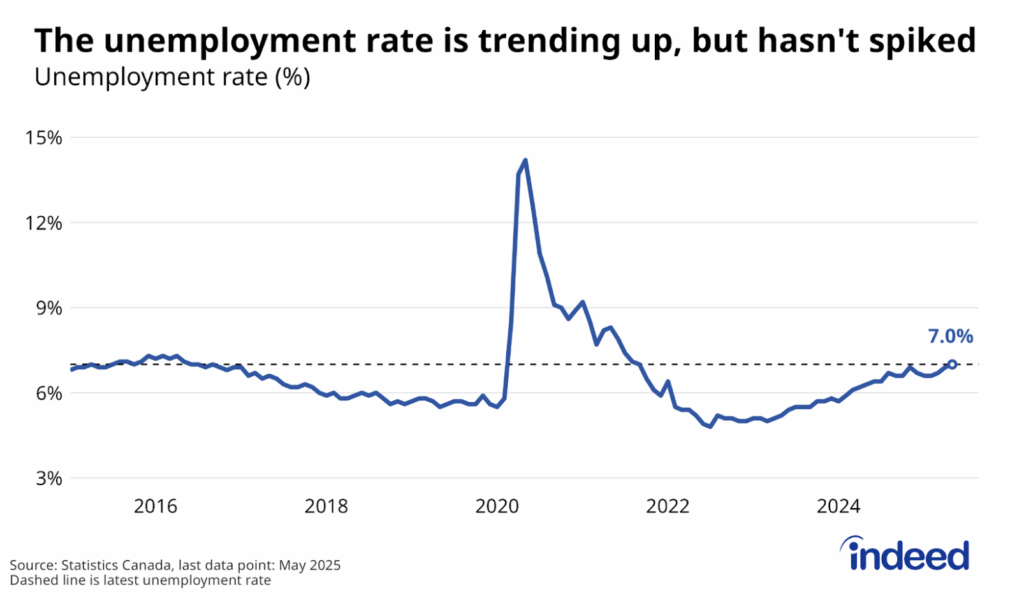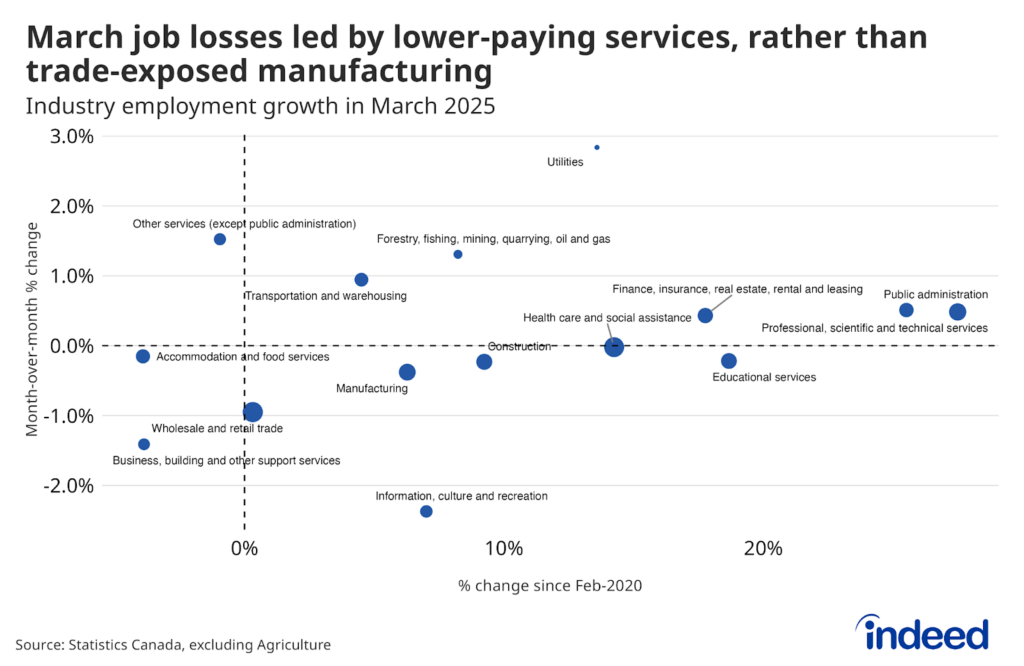The Canadian labour market has recovered a ton of jobs since it bottomed in April, but remains in a deep hole, according to the Labour Force Survey. Gains in each of the last four months have far exceeded prior record monthly increases, helping recoup 63% of net job-losses earlier in the pandemic. However, as of mid-August, employment was still further from its February level (-5.7%) than the peak declines Canada experienced during either the financial crisis (-2.5%), or early-90’s recession (-3.4%).
Temporary layoffs have been an important driver of recent developments. The number of Canadians who were laid off but expected to be recalled surged between February and April, accounting for over a third of initial job losses. However, their ranks have plunged since, and they now represent just 12% of the overall 1.1 million employment shortfall that remains compared to February. Employer recalls appear particularly important in driving job growth in July and August, although some of the drop could also reflect a portion of temporary layoffs becoming permanent.
With fewer furloughed workers awaiting recall, new hiring, especially of those permanently laid off who now comprise the vast majority of Canadian unemployed, will be increasingly necessary to maintain the recovery. The outlook for unemployed job seekers at the moment is a bit of a mixed bag. On the one-hand, employer demand continues to recover, with job postings on Indeed showing steady progress through September, evident across provinces, and for jobs of different wage levels. At the same time, in most sectors, hiring appetite isn’t yet back to normal.
The situation now stands at a crossroads. The quick wins previously available to the labour market from reopening of businesses are dwindling. Meanwhile, the recovery faces a new challenge from an upswing in COVID-19 cases, especially In Ontario and Quebec. The interaction of these trends will be key for where the Canadian labour market goes in the next few months.






